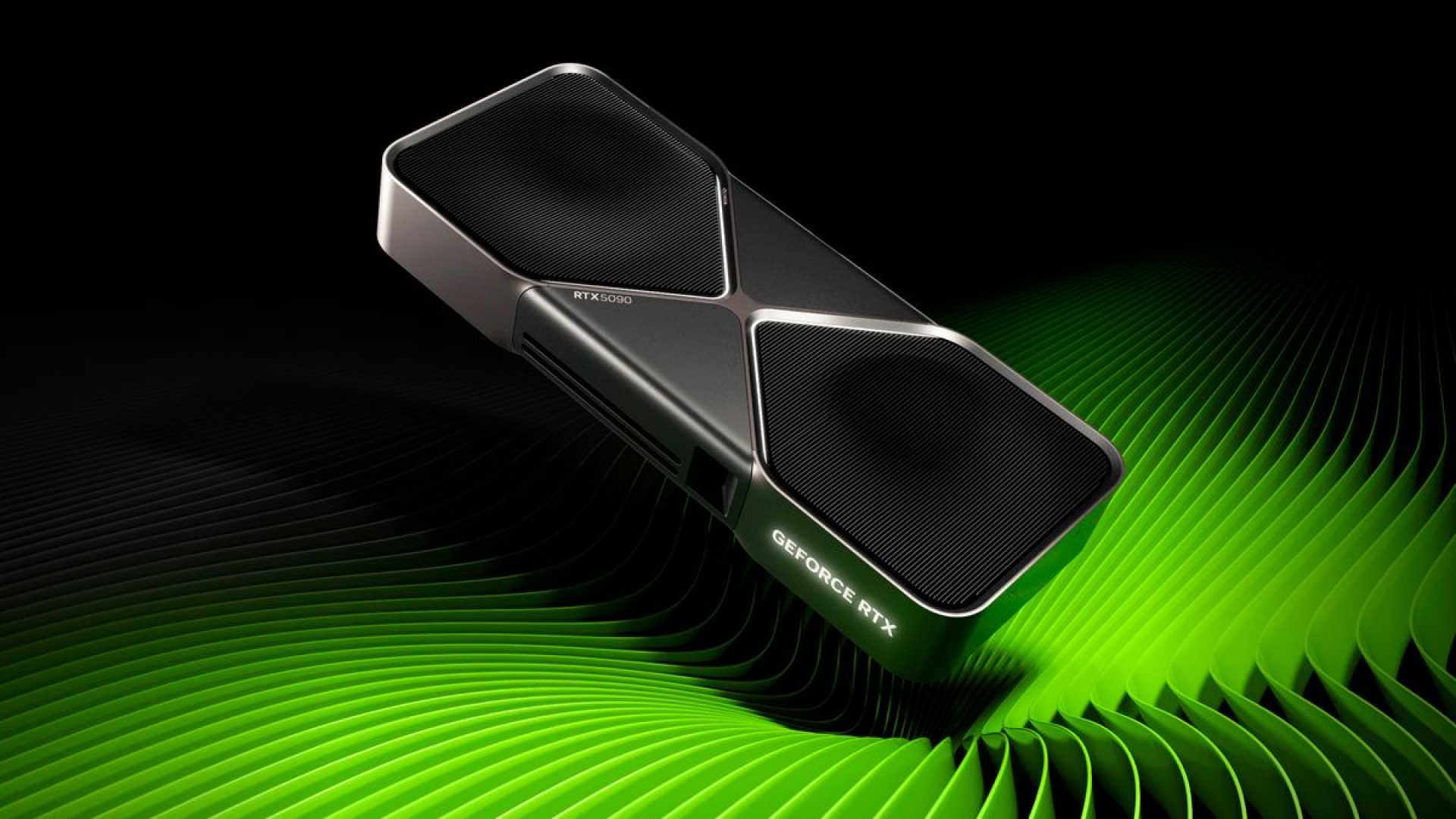Tech
NVIDIA RTX 5090 Launches with 30% Performance Boost, $2,000 Price Tag

SANTA CLARA, Calif. — NVIDIA unveiled its latest flagship GPU, the RTX 5090 Founders Edition, on Jan. 30, 2025, promising significant performance improvements over its predecessor. Priced at $2,000, the card features a 2-slot design, 32GB of GDDR7 memory, and the new Blackwell architecture, delivering up to 50% faster 4K gaming performance in some titles.
The RTX 5090 marks a departure from previous designs with its dual flow-through cooling system and liquid metal thermal interface. Lead Thermal Engineer Gutenberg explained, “We focused on reducing recirculation by directing airflow away from the GPU inlet, which significantly improves thermal efficiency.” In tests, the GPU maintained a steady 72 degrees Celsius under load, though memory temperatures reached 90 degrees Celsius, raising concerns for small form factor builds.
Gaming benchmarks showed the RTX 5090 outperforming the RTX 4090 by 20% to 50% at 4K resolution, depending on the title. In Final Fantasy 14, the card achieved an average of 182 FPS, a 31% improvement over the RTX 4090. Ray tracing performance also saw a boost, with Cyberpunk 2077 running at 95 FPS AVG, a 50% increase from the previous generation.
NVIDIA introduced DLSS 4 and multi-frame generation (MFG) with the RTX 5090, though critics noted the company’s marketing comparisons were misleading. “NVIDIA is generating more artificial frames per real frame on the 5090 than the 4090, but they just list ‘DLSS 4’ under the bars instead of making it clear,” said Steve Burke, a hardware reviewer.
Despite its performance gains, the RTX 5090’s power consumption remains high, drawing 569W under load. ASUS demonstrated the card’s overclocking potential, pushing it to 3.4 GHz with liquid nitrogen cooling, achieving a 25% uplift in 3DMark Port Royal. However, the system consumed nearly 1,800W during these tests.
The RTX 5090 faces no direct competition in the high-end GPU market, as AMD has shifted focus to mid-range offerings. Intel remains a contender only in the budget segment. NVIDIA’s dominance is further solidified by the RTX 5090’s advanced features, including support for PCIe Gen5 and a 1.8 TB/s memory bandwidth.
With the RTX 5090, NVIDIA continues to push the boundaries of gaming performance, though its high price and power demands may limit its appeal to enthusiasts and professionals. The company plans to release the RTX 5080, 5070 Ti, and 5070 in the coming months, expanding its Blackwell lineup.












